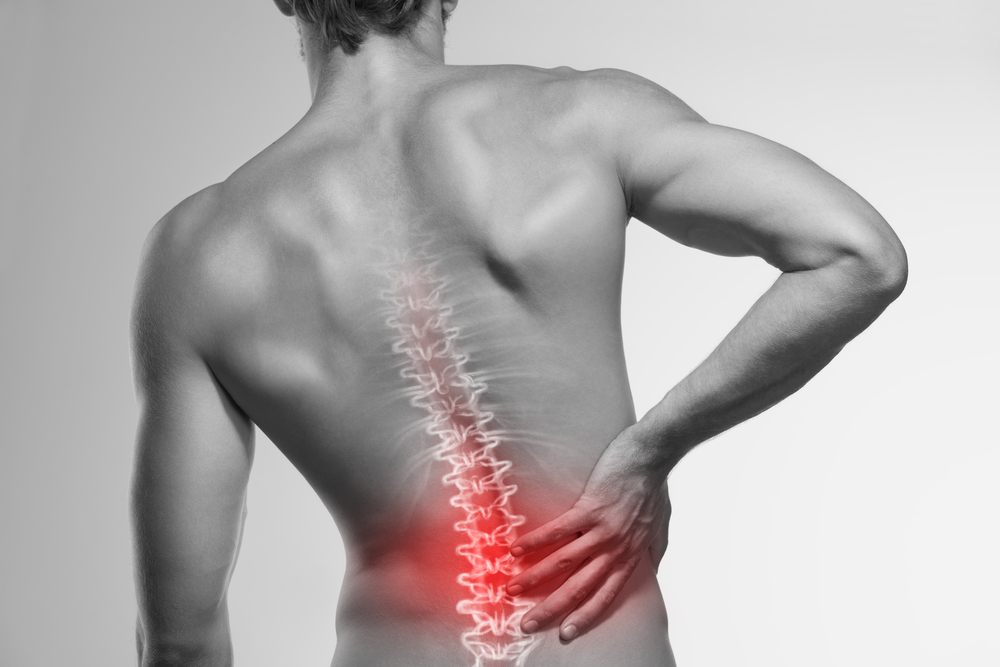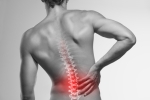
Swimming is an excellent form of low-impact aerobic conditioning that is easy on your back and spine. The buoyancy of the water supports your body's weight, reducing stress on your joints and spine and allowing for a greater range of motion.
However, as with all forms of exercise, you need to be careful if you swim for exercise. Many strokes and maneuvers in the pool can actually make your lower back or neck condition worse. Read on to learn about the Do's and Don'ts of swimming if you have back pain.
Essential advice for swimming with lower back pain
- Avoid shear forces
One problem with swimming is that many strokes and approaches create shear force across the structures in your lower back through repetitive rotating in your lower spine and hips. Shear force contributes to the breakdown of the discs and other sensitive structures in your lower back.
To avoid this kind of force, consider the following adjustments:
- Use a mask and snorkel to eliminate the need to arch your lower back while lifting your head up for air, or as you rotate your lower back when turning your head to take a breath.1
- Work with a coach or athletic trainer to perfect your stroke, such as learning to keep your shoulders in line with your hips while swimming.
- Focus on spine-friendly strokes
The position and movement of various strokes will affect your spine in different ways, for example:
- Butterfly and breaststroke force your lower spine to arch backward during the stroke. These movements add stress to the facet joints in the back of your spinal column and can lead to problems or worsening pain over time.
- Freestyle and backstroke do not force your back to arch; however, you run the risk of developing or worsening pain related to your discs and other structures in your lower back due to the repetitive rotation in the lower back.
The bottom line is that there is no one best or safe stroke for anyone with back pain. It will depend on a number of factors, including the underlying cause of your back pain and your swimming ability, mechanics, and workout intensity. Because of potential risks involved, if you have back pain it's best to get advice from your doctor and/or physical therapist before starting a swimming exercise program.
- Start with water therapy
If you love swimming but find it's hard on your lower back, you may find it best to start with water therapy.
Water therapy, also known as pool therapy, is an exercise program that takes place in warm water. You benefit from the gentle resistance of the water, as well as its buoyancy.
Water therapy can provide many of the same benefits as swimming, as the activities are done in water so there is less pressure on the spine than during land-based exercise. The warmth of the water for water therapy has also been shown to relax tight muscles, allowing for an additional range of motion during exercise and may allow you to exercise for longer periods.
Like many exercise programs, a good water therapy program will start out with gentle exercises and get progressively more challenging over time.
Many individuals also say that by its nature, working out in the water—either through swimming or water therapy—provides an added benefit of enhanced feelings of calm and peace.
Before starting swimming or any new exercise program it is a good idea to get the all-clear from your doctor and/or physical therapist. As with any exercise, the bottom line is to let pain be your guide—if it hurts, stop what you're doing.
Precision Pain Care and Rehabilitation has two convenient locations in Richmond Hill – Queens and New Hyde Park – Long Island. Call the Richmond Hill office at (718) 215-1888, or (516) 419-4480 for Long Island office, to arrange an appointment with our Interventional Pain Management Specialist, Dr. Jeffrey Chacko.













